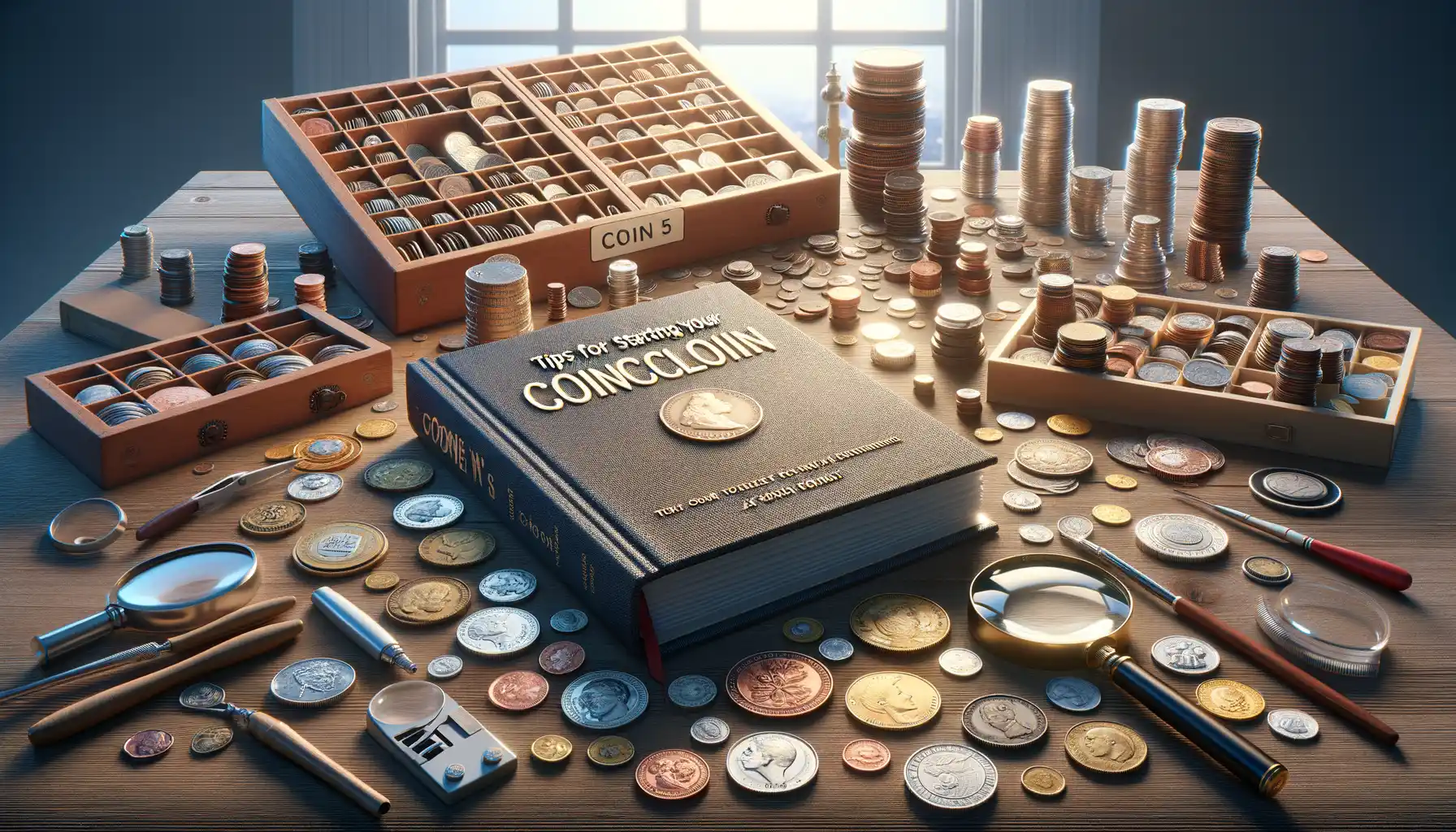Understanding the Basics of Ancient Coins
Why Ancient Coins Are Little Time Machines
Hold one in your hand, and you’re not just holding a piece of metal – you’re cradling a window into the past. Ancient coins are extraordinary storytellers. Each scratch might whisper tales of bustling marketplaces, clanging armories, or royal treasuries. It’s like stepping into the shoes of someone who lived thousands of years ago.
Coins weren’t just currency; they were powerful symbols. Rulers engraved their victories, gods, and ambitions onto them. Take the Roman denarius, for instance—it often bore the face of an emperor proclaiming his dominance. Or consider Greek drachmas, meticulously designed with mythological creatures like owls and dolphins. These details weren’t random; they carried weight, status, and meaning in their time.
What Makes an Ancient Coin “Ancient”?
To truly “get” ancient coins, it helps to know what sets them apart:
- Age: Typically over a thousand years old, spanning civilizations like Greece, Rome, and Byzantium.
- Material: Made from bronze, silver, or gold. The patinas on bronze coins, for instance, can shimmer with greens or blues from centuries of exposure.
- Designs: Often hand-struck, meaning no two are ever exactly alike—imperfections make each coin one-of-a-kind.
By connecting with these tiny masterpieces, you’re not just identifying coins—you’re touching history itself. Breathtaking, right?
Key Features to Identify Ancient Coins

Spotting Symbols and Inscriptions
One of the most thrilling aspects of ancient coins is deciphering their tiny, intricate details. These are not just bits of metal—they’re whispers from history. Start by examining the symbols. Many ancient societies used imagery to showcase power, religion, or myths. A Roman coin might feature a proud eagle or a laurel-wreathed emperor, while a Greek coin could depict gods like Athena or Zeus.
Next, look for inscriptions. Though often worn down, these can provide valuable clues. Latin legends on Roman coins, for example, may spell out an emperor’s name or title: “IMPERATOR CAESAR.” If the coin has ancient Greek script, pay attention to the letters—they hold secrets of city-states or rulers.
Don’t forget: not every symbol or inscription will be obvious at first glance. Like a puzzle, they ask you to piece together their meaning, one detail at a time.
Weight, Material, and Wear
Coins aren’t just about looks—they have physical clues too! First, feel the weight. Ancient coins were often made of silver, gold, or bronze, and their weight can help identify the era or ruler. For instance, Roman denarii are lighter than Byzantine solidi.
Think about the coin’s material. Gold coins shine almost unnaturally bright, while bronze may have a green patina (that’s history’s fingerprint!).
And finally, examine the wear and tear. Ancient coins have been through battles, markets, and countless hands. A well-worn coin might have circulated widely, while a sharp, pristine one may have been stored as treasure. Keep your eyes and instincts sharp—every scratch tells a story!
Tools and Resources for Identifying Coins

Must-Have Gadgets for Your Coin Adventures
Picture this: You’re holding an ancient coin, its surface weathered by centuries. How do you unlock its secrets? That’s where reliable tools step in and save the day. Every coin sleuth needs a trusty **magnifying glass**—your eyes simply can’t catch those tiny inscriptions and intricate details without it. For even sharper clarity, invest in a **digital microscope**. Zooming in on legends or symbols feels like traveling back in time!
Let’s not forget the essential **light source**. Coins reveal their true beauty under the right illumination. Try an adjustable LED lamp for perfect shadows and highlights. Finally, keep a **caliper** handy to measure coin dimensions with precision—sometimes, the difference between two millimeters can tell you whether your find is Roman or Byzantine.
Digital Tools to Decode Ancient Treasures
Tech-savvy? Then you’ll love these digital lifesavers!
- Use apps like Coinoscope to snap a photo and match your coin against global databases.
- Join forums such as the Ancient Coins subreddit, where modern-day treasure hunters share tips and ID coins collaboratively.
- Browse museum archives online—some institutions digitize their collections, offering direct comparisons at your fingertips.
These tools turn research into a thrilling chase, transforming each coin into a story waiting to be told!
Common Mistakes to Avoid in Coin Identification

Overlooking the Small Details
It’s easy to get swept up in the excitement of examining a coin, but don’t let that enthusiasm blind you to the finer details! Some of the most common blunders come from rushing. For example, mistaking an ancient Roman coin for a modern replica because you didn’t study the patina closely. The patina, that unique surface aging, is often the coin’s “fingerprint.” Overlooking it is like trying to identify a person by their clothing instead of their face.
Another pitfall? Ignoring the edges. The coin’s edge often holds vital information—whether it’s inscriptions or the way it’s been struck. A smooth edge versus a reeded one could mean the difference between a valuable treasure or a clever fake.
Relying on Memory Instead of Research
A surprisingly common mistake? *Trusting your gut* rather than digging into solid resources. Even seasoned collectors can fall into this trap. Here are a few missteps to avoid:
- Guessing dates: Many ancient coins lack clear years; relying on assumptions instead of verifying symbols is risky.
- Skipping translations: That Greek or Latin text? It could unlock the coin’s origin story, yet many skip deciphering it entirely.
- Disregarding catalog references: Modern coin guides (like the Sear collection) are your lifeline—use them!
Don’t gamble on your memory. Identifying ancient coins is like putting together a puzzle; every piece matters.
Tips for Starting Your Coin Collection

Discover the Joy of Starting Your Collection
Starting your own coin collection is like opening a time capsule—you’re not just holding metal; you’re cradling centuries of history and human stories in the palm of your hand. Whether it’s a Roman denarius or a Byzantine follis, your journey begins with a single piece, but oh, what a rewarding journey it will be!
To kick things off, start small and personal. Choose coins that spark your curiosity. Is it their intricate designs? Their mysterious inscriptions? Or the way they feel like survivors of a thousand lifetimes? Let your heart guide you, because collecting ancient coins is as much about passion as it is knowledge.
Practical Steps to Begin Your Treasure Hunt
To avoid overwhelm, keep these practical tips in mind:
- Set a budget: Decide how much you’re willing to spend monthly—coins come in all price ranges, and trust me, it’s easy to get carried away.
- Start with beginner-friendly coins: Look for widely available examples like Roman Imperial bronzes or Greek city-state issues. These are beautiful and often more affordable.
- Document everything: Create a simple spreadsheet or notebook to track the details of each coin: its origin, purchase price, and unique features.
Remember, each coin tells a story, and soon enough, so will your growing collection. It’s your personal mosaic of history, puzzle by puzzle. Dive in—your adventure awaits!




